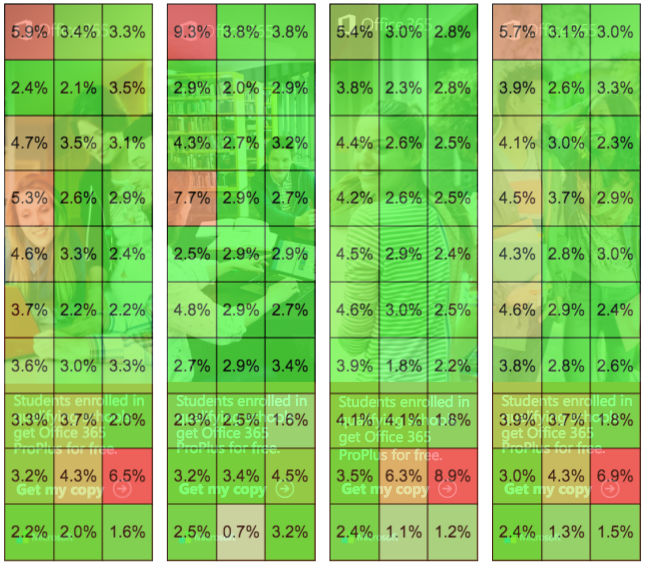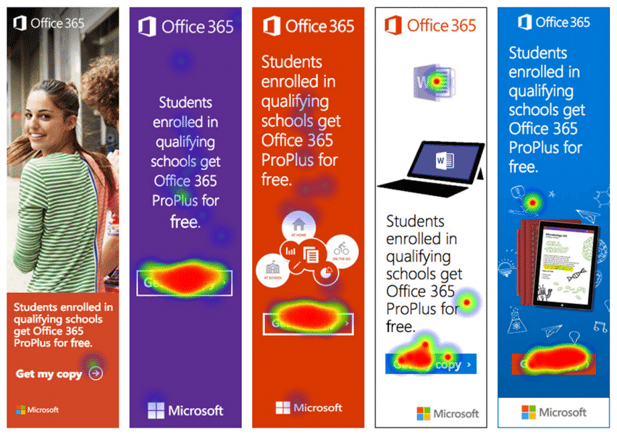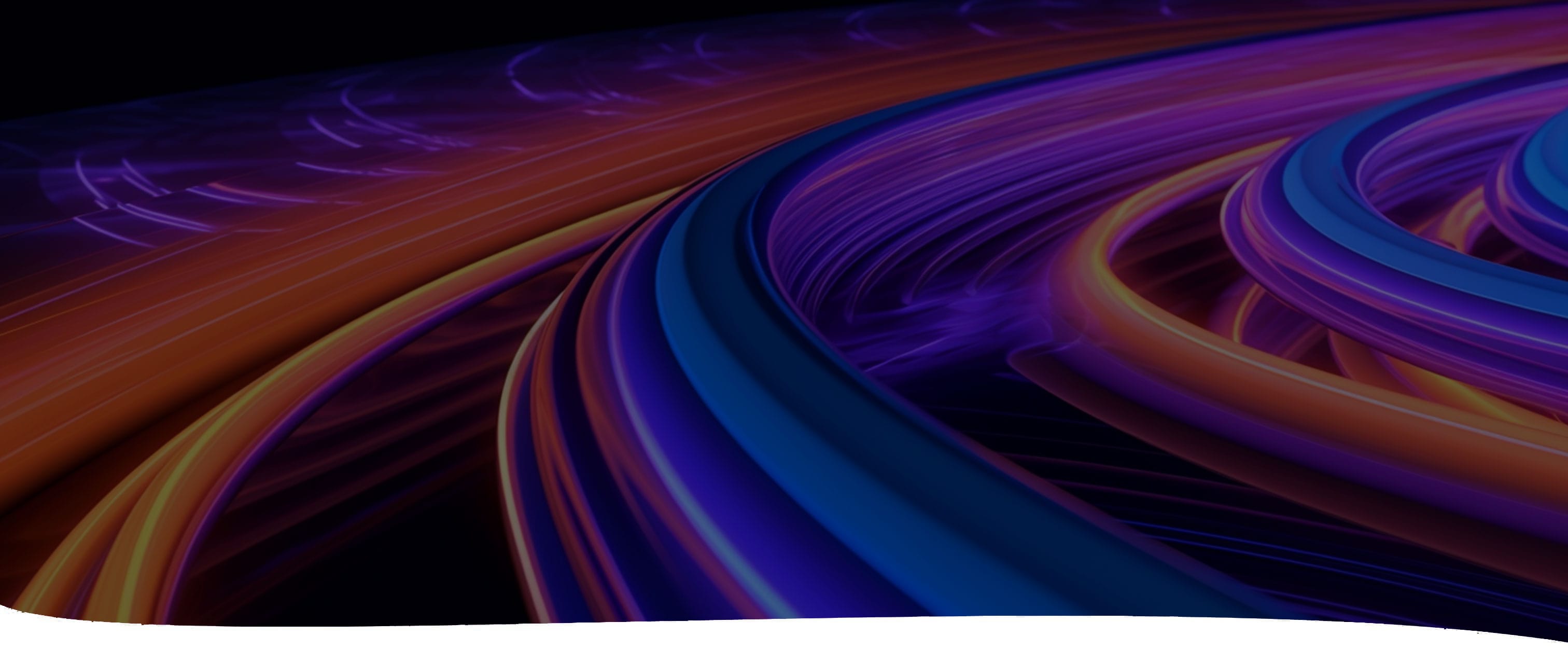When you work on the front lines of a MarTech company, you never *really* know which aspects of your product’s offering are going to get clients fired up. But we can tell you which feature does it for creative professionals.
It’s heat maps.
For many pros, especially in direct response with a low sales funnel conversion or goal event, clicks on ads matter. A lot. Get more, and everyone’s happy. Get fewer, and it’s back to the drawing board to fix the problem. At RevJet, we know advertising very well. Some of our earliest clients took advantage of our operating system solely to drive more responses to their campaigns. So we’ve seen plenty of ads and their statistically significant results. After years of experience with these ads, we have some reasonable theories on what works. Just theories, though. “Test. Don’t Guess.” is a way of life for us.
At RevJet, we know advertising very well. Some of our earliest clients took advantage of our operating system solely to drive more responses to their campaigns. So we’ve seen plenty of ads and their statistically significant results. After years of experience with these ads, we have some reasonable theories on what works. Just theories, though. “Test. Don’t Guess.” is a way of life for us.
Measuring ads by just clicks can mislead. This is especially true if there is an uneven mix of conditions for viewability, prominence and exposure to non-human traffic. If your media plan mixes programmatic with direct placements, mobile with desktop, retargeting with new to file and so on, raw click rates are a bad base for decision making.
But let’s assume that you have all of that taken care of and are testing two banner ads with identical distribution, dayparting, ad size and demographic skew. Assuming it doesn’t inspire more clicks with fewer conversions, the ad that gets more clicks is always better, right?
Well, no. And this is where one of our favorite tools comes into play. The heat map. If you’ve never had the pleasure to work with one, a heat map shows you where clicks occur within an ad. When you analyze heat map patterns, you can determine whether a click is more likely to indicate true interest and attention, instead of when a user was scrolling past or attempting to close the ad.
If you’ve never had the pleasure to work with one, a heat map shows you where clicks occur within an ad. When you analyze heat map patterns, you can determine whether a click is more likely to indicate true interest and attention, instead of when a user was scrolling past or attempting to close the ad.
RevJet’s heat maps also have a selection option to show conversions and goal events instead of clicks. With that data, you can visually discover ads which have similar raw click rates, but dramatically different conversion rates. Better yet, you can see where non-converters clicked, inspiring future iterations by your creative team.
But that’s not all. Heat map analysis isn’t just a check against “fat fingering” on mobile, or filtering out mistaken clicks from when someone is trying to close an ad. It can also help to answer questions like:
- Is the call to action of the creative popping?
- Which entry points are working the best?
- Are the clicks focused in a region that might indicate non-human interaction?
- Is that new eye-popping color actually popping?
- Does the logo placement help or hurt the call to action?
One final word of warning before you jump into this - once you start working with heat map data, you will never want to work without it!




